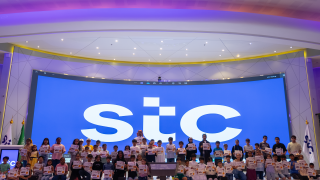Subsea cable firm Seaborn partnered with Xtera back in January to develop the four-fibre pair, 48Tbps, direct POP-to-POP subsea cable system.
Xtera's wideband repeater is a hybrid Raman / EDFA design and can be configured to provide bandwidth in the C band alone, or across the C+L bands, the vendor said.
Leigh Frame, Xtera's COO, said: "We are pleased to be able to offer a system solution that sidesteps the Shannon limit, matching Seaborn's efforts to challenge the conventions of the industry, offering more to their customers and accomplishing this at a highly competitive price point.
“The combination of EDFA and Raman amplification allows us to provide C+L today, and Xtera is already innovating for what is beyond. We will continue to develop our products to stay ahead of market trends and help shape customer requirements, both commercially and technologically."
The cable is being co-developed by Seaborn and The Werthein Group and will be the first transoceanic Argentinian cable which will not be part or wholly-owned by a large telecom company, with construction starting this year ahead of a H1 2019 launch.
The ARBR system will allow for direct onward connectivity to New York, via Seaborn's Seabras-1 system, thereby providing a lower latency route between the commercial and financial centers of Buenos Aires, São Paulo, and New York.
“We work constantly with our partners and customers in this dynamic Latin American market to develop subsea cable systems that meet their future bandwidth demands," said Larry Schwartz, chairman & CEO of Seaborn.
"Use of Xtera's technology on the ARBR system will allow Seaborn to offer the most advanced system under the sea with on-demand capacities of up to 44Tbit/s per fiber pair. Disruptive innovation like this resonates with our content provider customers and positions us to respond to their needs well into the future."




